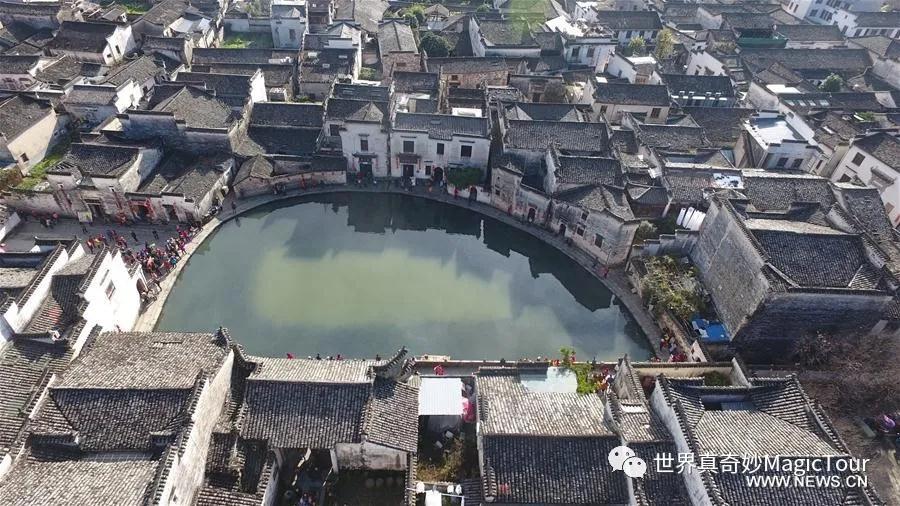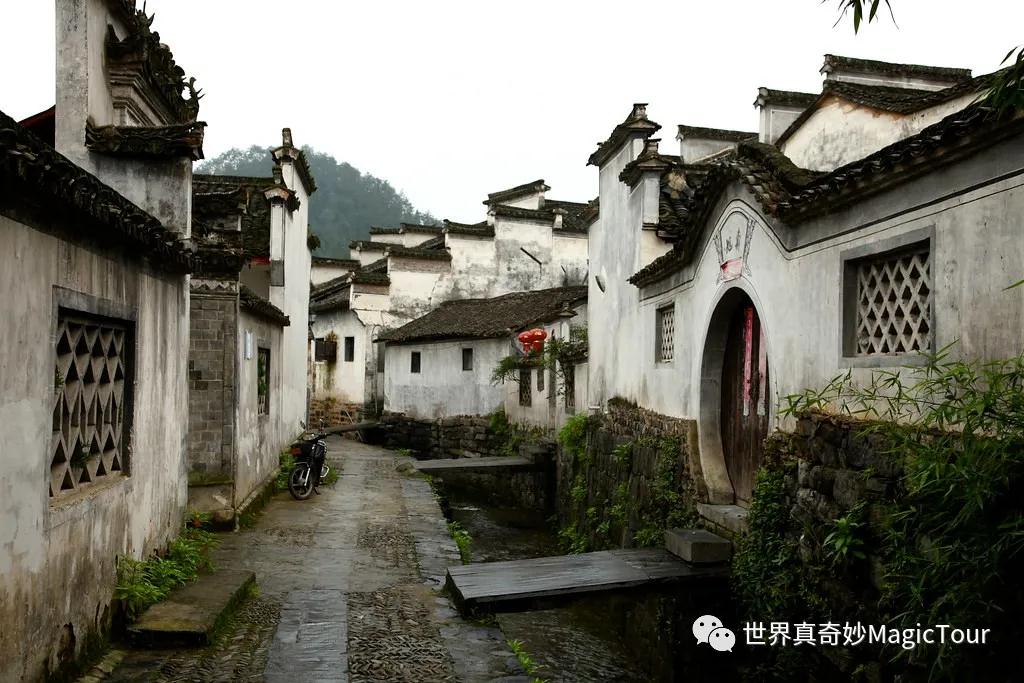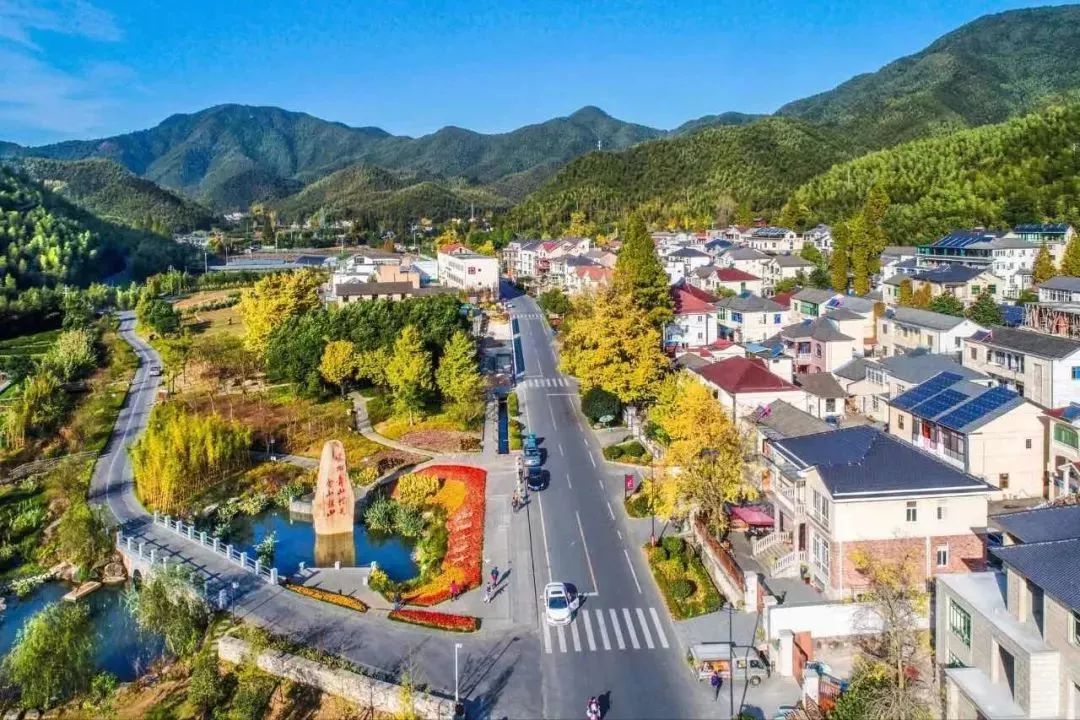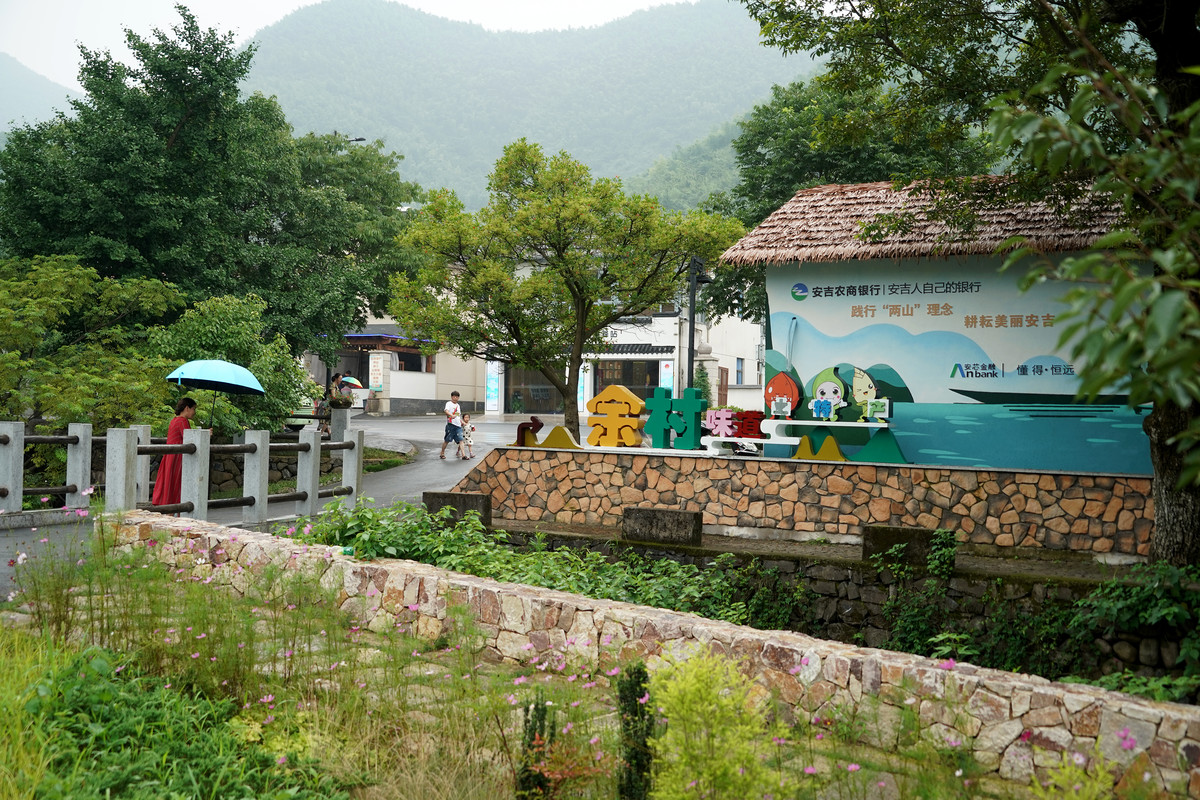Xidi and Yucun villages,best tourism villages in China named by UNWTO
Writer: Chen Xiaochun | Editor: Stephanie Yang | From: Shenzhen Daily | Updated: 2021-12-13
A+ A- Print
Xidi Village of Anhui Province and Yucun Village of Zhejiang Province have been listed among the 44 best examples of villages that embrace tourism to provide opportunities and promote sustainable development by the World Tourism Organization (UNWTO), at an event held Dec. 2 in Madrid, Spain, on the sidelines of the 24th general assembly of UNWTO.
Apart from their outstanding achievements in making tourism a strong driver of their development and wellbeing, the two Chinese villages have been popular rural getaway destinations among travelers for years.
Xidi Village

A bird's eye view of Xidi Village. File photos
Xidi Village, located 40 kilometers from the Huangshan Mountain in Anhui Province, has a history of around 1,000 years. It is surrounded by mountains and known for its black-tiled-roof wooden houses and decorative gate towers. It’s one of the most representative ancient folk house groups in China.
The village, 700 meters long from east to west and 300 meters wide from north to south, is home to 300 households with a population of over 1,000.
First built during the Huangyou era (1049-1053) of Song Dynasty’s (960-1279) Emperor Renzong, the village was originally called Xichuan (West River), owing to the watercourses flowing through it.
According to historical records, the ancestor of Xidi Village was a son of Emperor Zhaozong (867-904) of the Tang Dynasty (618-907), originally named Li Ye. Due to social turmoil, he escaped and changed his surname to Hu, settled down in Xidi, propagated and eventually formed the village.
The rise of the village was closely tied to the fortunes of the Hu family. During the Ming Dynasty (1368-1644), family members started in business as merchants, leading to the construction of major private buildings and a public infrastructure. They carried out an extensive building program and built large houses, ancestral temples, roads, bridges and the town’s extensive water system.

The buildings in Xidi Village are constructed mostly with black marble. Two creeks meander through the village. There are a total of 99 deep valleys with unique ancient folk houses lining both sides. At the entrance of the village there is a bluestone memorial archway built in 1578. With lofty appearance and delicate structure, the archway showcases the prominent position of the Hu family.
Another ancient building in the village is called Dafudi, which was built in 1691, the 30th year during the reign of Emperor Kangxi (1662-1722) of the Qing Dynasty (1644-1911). The building architecture is a pavilion style built along the street. It was originally built as a viewing platform, but later people used it as a place for women to throw anembroidery ball to choose a husband as in a costume play. Currently many folk custom activities are held here.

Nowadays, more than 100 old houses in Xidi retain the basic appearance and features of the dynastic era.
The village ranks among China’s Top 10 Historical and Cultural Settlements. It became a UNESCO World Heritage Site in 2000 and was named a national 5A scenic spot, the highest rating of its kind in the country.
Yucun Village

The village of Yucun, located in Anji County, Huzhou City, Zhejiang Province, boasts clear waters and green mountains. However, back in the 1980s and 1990s, it paid a high price for pollution due to its pursuit of economic growth from mining.
Seniors in Yucun Village comment that if we look at the village from above, it looks like a gold ingot, with three sides facing mountains and one side with an opening. Lying among the mountains is a long-stretching plain where generation after generation of Yucun villagers live and grow.
The village is filled with greenness. In scorching summer, you can walk in the bamboo forests that sway with wind and blow away the heat. Lengshui Cave (literally means Cold Water Cave) is a reservoir in the village. At noon, under strong sunshine, the reservoir looks like a shining gem.

The village is home to a large stretch of rapeseed flowers that turn into a golden sea of flowers when the season comes, as well as hundreds of ginkgo trees, with 61 more than 100 years old and three over 1,000 years old. The trunk of the biggest tree reaches 8.2 meters in diameter and it’s 1,800 years old.
In recent years, Yucun Village has made great efforts to improve its environment and today has become a popular tourist destination in the country. In 2017, it welcomed 400,000 domestic and international visitors and was awarded the title of National Ecological Cultural Village.